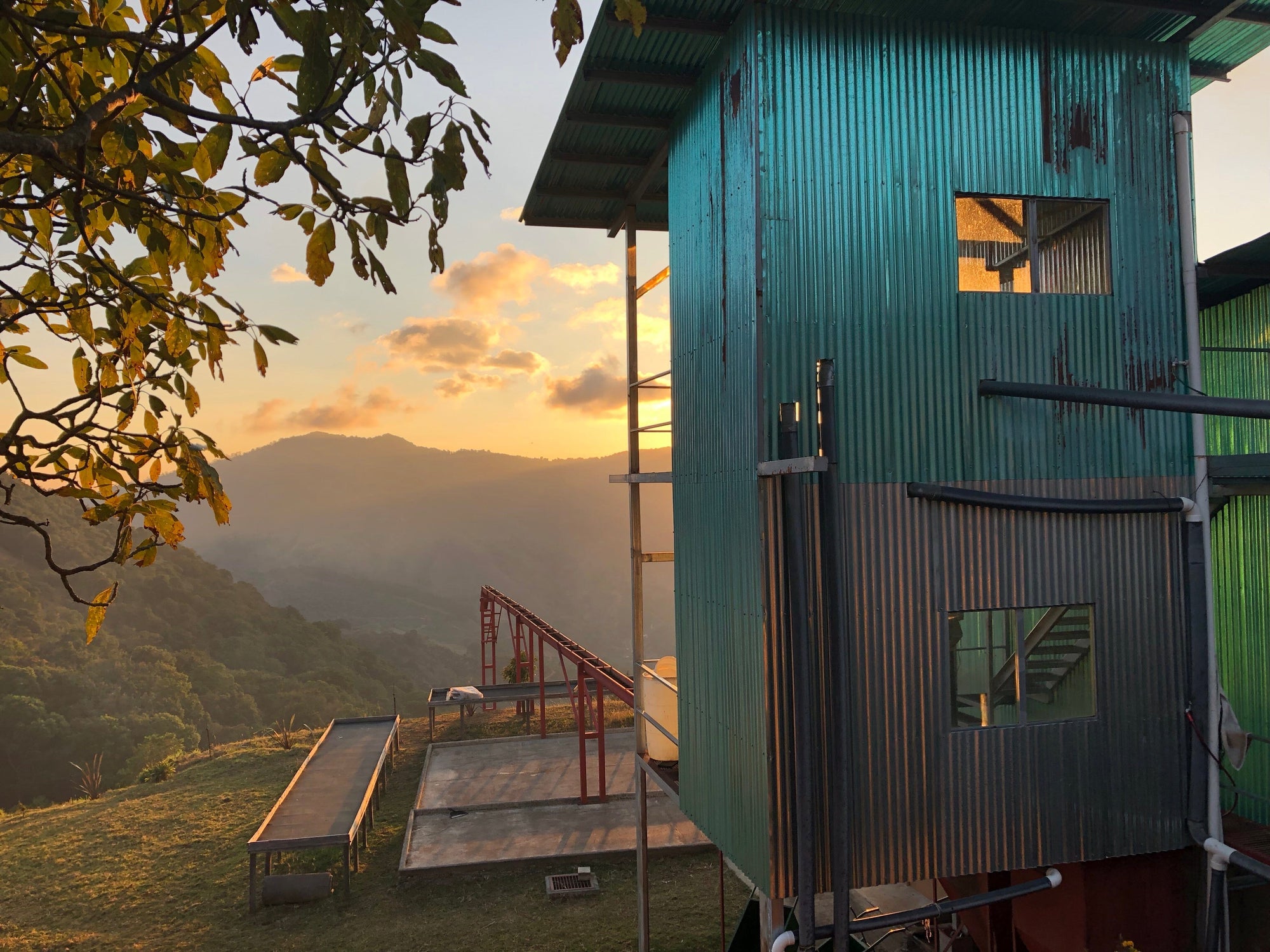

Tarrazu, Costa Rica
I arrived in Costa Rica incredibly early on Sunday. My flight out of Guatemala was at 6:00am, meaning we needed to wake up at 2:30 to get to the airport on time. Dave and I flew to San Jose, and from there he flew home to help the team - as we’ve been away for nearly two weeks. I spent the day with a few friends from Costa Rica and we visited La Paz Waterfall and Starbucks Hacienda Alsacia. Both are a must see if you're in Costa Rica. The waterfall is gorgeous, with a beautiful garden and zoo available for viewing. The Starbucks farm is also beautifully done, there’s a full fledge coffee shop that’s crisp and detailed, a 100 hectare farm and a seed to cup viewing area for full understanding of coffee’s production for tourists. Sunday was great. A nice day off!
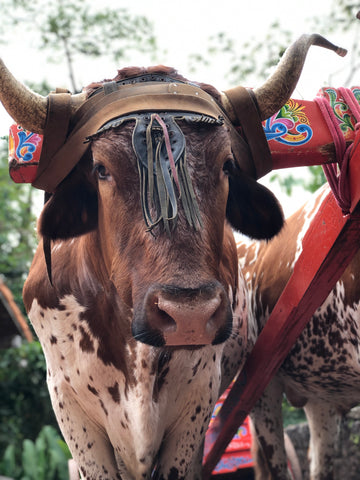
The following day I was picked up early and we drove to Tarrazu. I was with a new friend from Japan, Katsuhiko Hasegawa, the president of Nitto Coffee, a 119-year-old coffee roaster based in Tokyo. We had a fantastic conversation and I learned all about the traditions and values his company is built on. Amazing history!
Since we were together, we visited one relationship of mine and one relationship of his before going our separate ways. We spent a brief amount of time at Santa Rosa 1900 and saw their operations. Very beautiful views, fantastic looking coffee and nice assortment of exotic coffee varieties.
Later, we visited San Francisco 1900, one of the farms we’ve been working with for the last four years (this year being our fifth) and we met up with Jorge Solis who walked us through the farm. The plants looked incredibly healthy, with scatterings of brilliant red cherries. The harvest was nearly over, so not too much action in terms of cherry through a lot of the farm, but there was a section being harvested and it was nice to see that in action. The selections looked fantastic. Yellow and red Catuai and bits of Caturra.
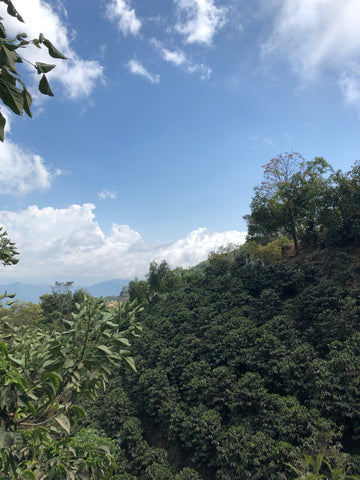
San Francisco 1900 is owned by the Solis Family and they bring the ripe cherries to La Casona de Doña Lina, so we left the farm and went to see the rest of the family at the micro-mill and have lunch with them. It was brilliant. They’re toward the end of the harvest, as mentioned above, so not a ton of action to see. But the micro-mill looked clean, organized and the bodega (storage facility) was bursting with coffee. It’s been a really great year for them in terms of quality and quantity! This is the fifth year we’ve purchased coffee and visited the Solis Family. They’re a hard working and humble family with eight children living in San Marcos de Tarrazu.
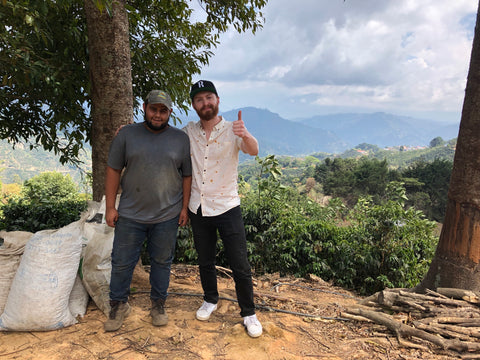
From there, we visited another of Katsuhiko’s relationships, Don Mayo. I’d been before in 2015, but it’s always good to visit again (even if there’s no plans of purchasing to see how things are developing). Something I’ve come to love about Costa Rica is the transparency and the shared knowledge that seems to happen from mill to mill, buyer to buyer.
At this point, I went my own separate way with Francisco Jose, and we spent the next 36 hours traveling through Tarrazu and Chirripo. It started with a visit to Santa Teresa 2000, a micro-mill that’s been in operation for 4 years and the first time I’ve personally visited. Last year, we purchased a small amount of a Natural Typica that was outstanding, so I was insistent on trying more of their coffees and meeting the people behind the coffee.
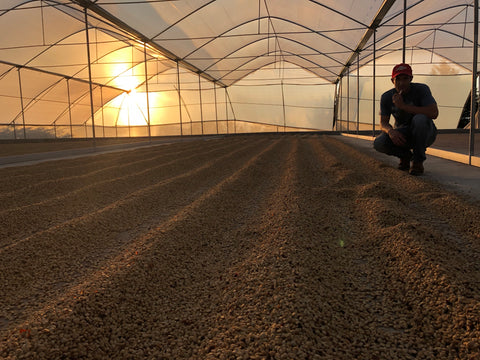
I'm really happy I made it to the mill - especially right before sunset. At 2000 meters the air is cold, the wind is medium intensity and the coffee plants are incredibly gorgeous. The operation is run by father and son combo, Roger and Alex Ureña, two gentlemen who seem to be very humble as well as very well versed in coffee processing. They have 13 small farms throughout the Dota Valley that collectively add up to about 30 hectares. The recurring theme of these farms is high altitude, 1850m and above, and exotic varieties planted throughout them. This was super exciting for a guy like me, who’s after a unique flavour profile that breaks normal perceptions of coffee.
We had a great conversation about processing coffee and I planted a few ideas of processing trials they could experiment with. I’m always open to sharing insight and seeing if it spurs interest. There’s so much space to play and experiment with coffee processing, so I’m very excited to see how the Ureñas will push it and to see how the relationship unfolds through the years.










